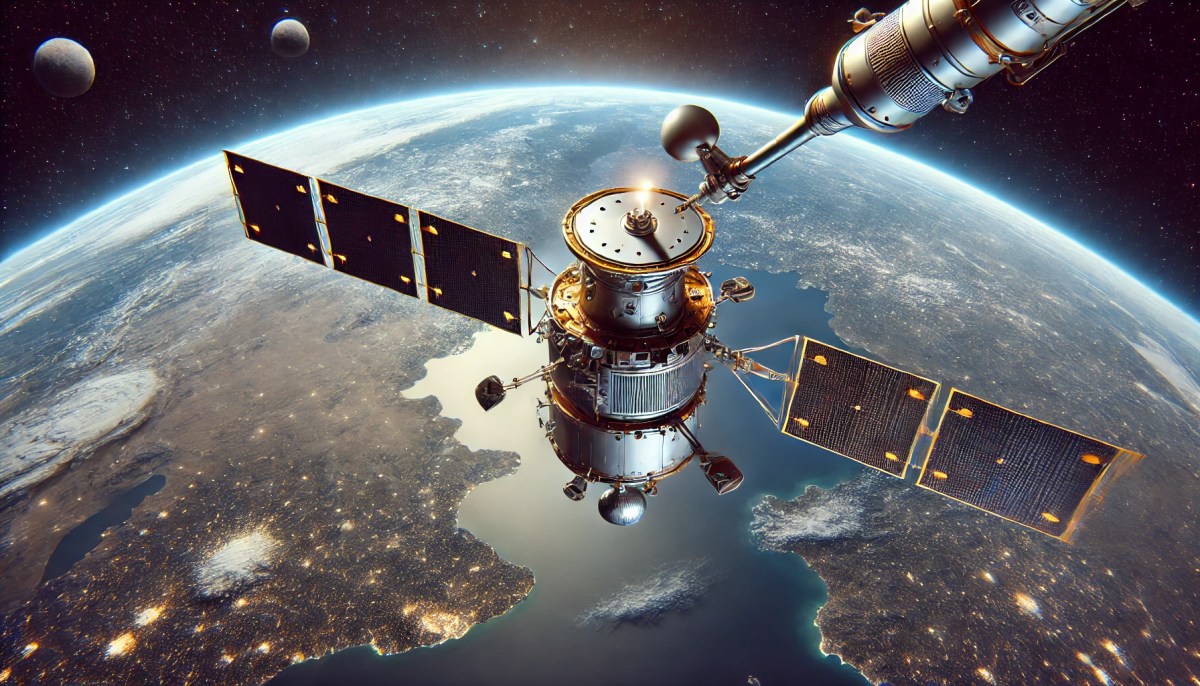The United States Space Force’s deliberate approach to satellite servicing and refueling has provided time for debate and the development of qualified solutions that have now resolved both the technical and budgetary challenges holding refuellable satellites back.
Recent advancements in affordable refueling capabilities mean virtually every satellite produced could have a gas cap that would allow for replenishment in space — and unleash the unprecedented strategic advantage of rapid maneuverability that comes with refuellable satellites and extended missions.
That’s exactly the game-changing element-of-surprise satellite agility and mobility the Space Force and the Department of Defense say they must have to combat the looming national security threat in space.
China’s swift advancements in space, specifically in refueling technology, and Russia’s latest launch in May of what the U.S. calls a weapon-capable satellite underscore the urgency of accelerating the integration of refueling capabilities on satellites. Further, the performance enhancement provided by refueling is most urgently needed on government and commercial spacecraft that provide mission-critical services and national defense.
Contrary to some views, the U.S. and allied forces aren’t five to ten years from demonstrating satellite refueling in space; we will achieve it in months, on the heels of stringent qualification trials. Given the high cost of government and defense space programs — the U.S. is spending an estimated $10 billion to $20 billion on new communications satellites — refueling existing satellites in space is significantly cheaper than building and deploying new satellites and provides risk reduction in the event of new build or launch delays.
The recent advancements in affordable fill and drain valves, which are required on every spacecraft for fueling on the launch pad, can also be used for in-space refueling, meaning there’s absolutely nothing but upside to having refuellable satellites.
Twenty years ago, the thought of reusable rockets was fantasy to all but a few. Twenty years later, this capability has greatly reduced the cost of launch and greatly increased accessibility to space. Refuellable satellites will enable mission-critical payloads to maneuver on a dime at any time.
The extended lifespans of spacecraft that are no longer limited to a single tank of fuel, will be replenished by fuel depots or shuttles, and could provide our forces the ability to conduct dynamic space operations, thereby forcing our adversaries to react to us instead of us to them.
Military benefits of refuellable spacecraft
The ability to maneuver quickly and unpredictably to a completely different orbital location offers the element of surprise, and would be a breakthrough for national security and military communications assets, not to mention satellites vital to navigation and weather forecasting services.
With the increasing threats to national security spacecraft in mind, it’s time to get serious about refueling. We would certainly allocate more than the $20 million requested in this year’s Space Force budget and ensure new assets are equipped now for refueling.
At a minimum, requirements for refueling on all new satellite acquisitions should be studied as a budgeted part of the acquisition. That way each acquisition would be forced to answer the question of “why not refuel?” as opposed to the current philosophy of “why would we?”
As Gen. Stephen Whiting, commander of U.S. Space Command, said April 9, “Sustained space maneuver will change how we operate, opening up new tactics, techniques, and procedures and operating concepts and allowing operations until the mission is complete, not until the fuel we launched with runs out.”
The costs of refueling satellites
Our analysis has found that a $20 million refueling of a satellite in space, as we announced in August 2022, clearly makes operational sense for any spacecraft that costs more than $50 million to replace. And as the capability proliferates, we expect the cost of refueling to come down significantly.
Satellites that cost less than $50 million can make decisions based on whether their mission requires maneuverability. Regardless, the new dual-purpose fill and drain valves, which will be installed on satellites regardless of refueling plans, make every satellite refuellable at no additional cost – greatly limiting the need for more in-depth discussions and refueling studies.
The time is now for a decision that has been made far easier with the recent groundbreaking in-space refueling advancements. The Space Force’s foundational work into refuellable spacecraft has been crucial, and we must take advantage of this and accelerate our ability to respond swiftly to unpredictable threats — ultimately ensuring our continued leadership in space.
The future of national security and technological dominance hinges on our ability to adapt and innovate rapidly. Much of the in-space refueling innovation is complete and simply needs the green light before it will no doubt improve our national security.
The time for bold action is now, as the intensifying need for refuellable satellites is here.
Daniel Faber is founder and CEO of Orbit Fab, a company that develops in-space refueling systems for satellites. Faber was born in Australia and is now a U.S. citizen with a double-MBA at UCLA Anderson and National University Singapore (NUS), a degree in engineering from the University of New South Wales and a Postgraduate Certificate in Antarctic Studies from the University of Canterbury.
Shawn Hendricks is the Chief Operating Officer at Orbit Fab, overseeing the production and delivery of innovative space systems and services that enable new missions and satellite life extension through orbital refueling. With over 25 years of experience in the aerospace industry, Mr. Hendricks is a graduate of the U.S. Naval Academy.
Adam Harris is the Chief Commercial Officer at Orbit Fab, overseeing business development, sales, government affairs and marketing. Harris has experience in the Air Force, NRO, Congress and SpaceX. Harris is a graduate of the U.S. Air Force Academy.
